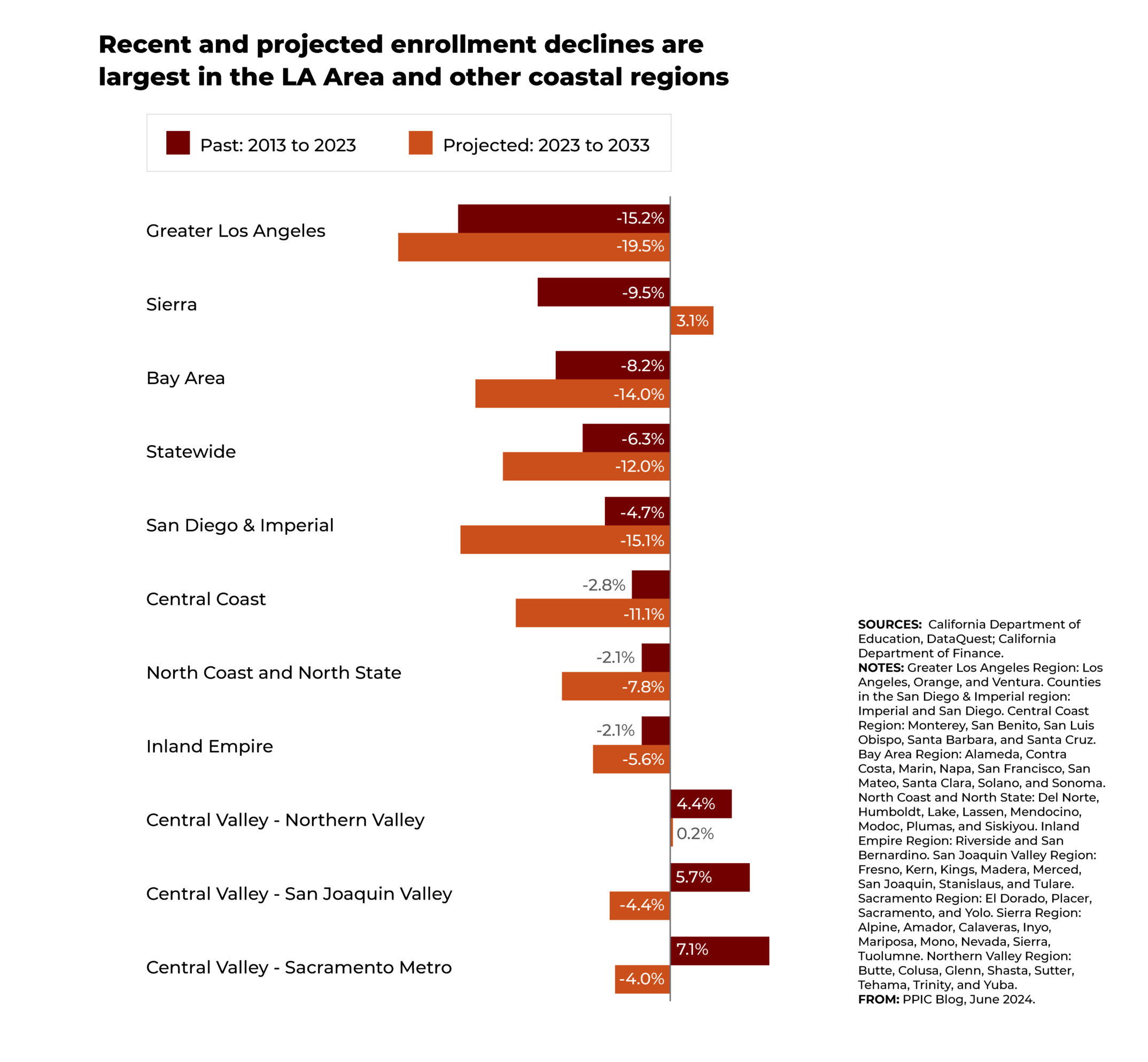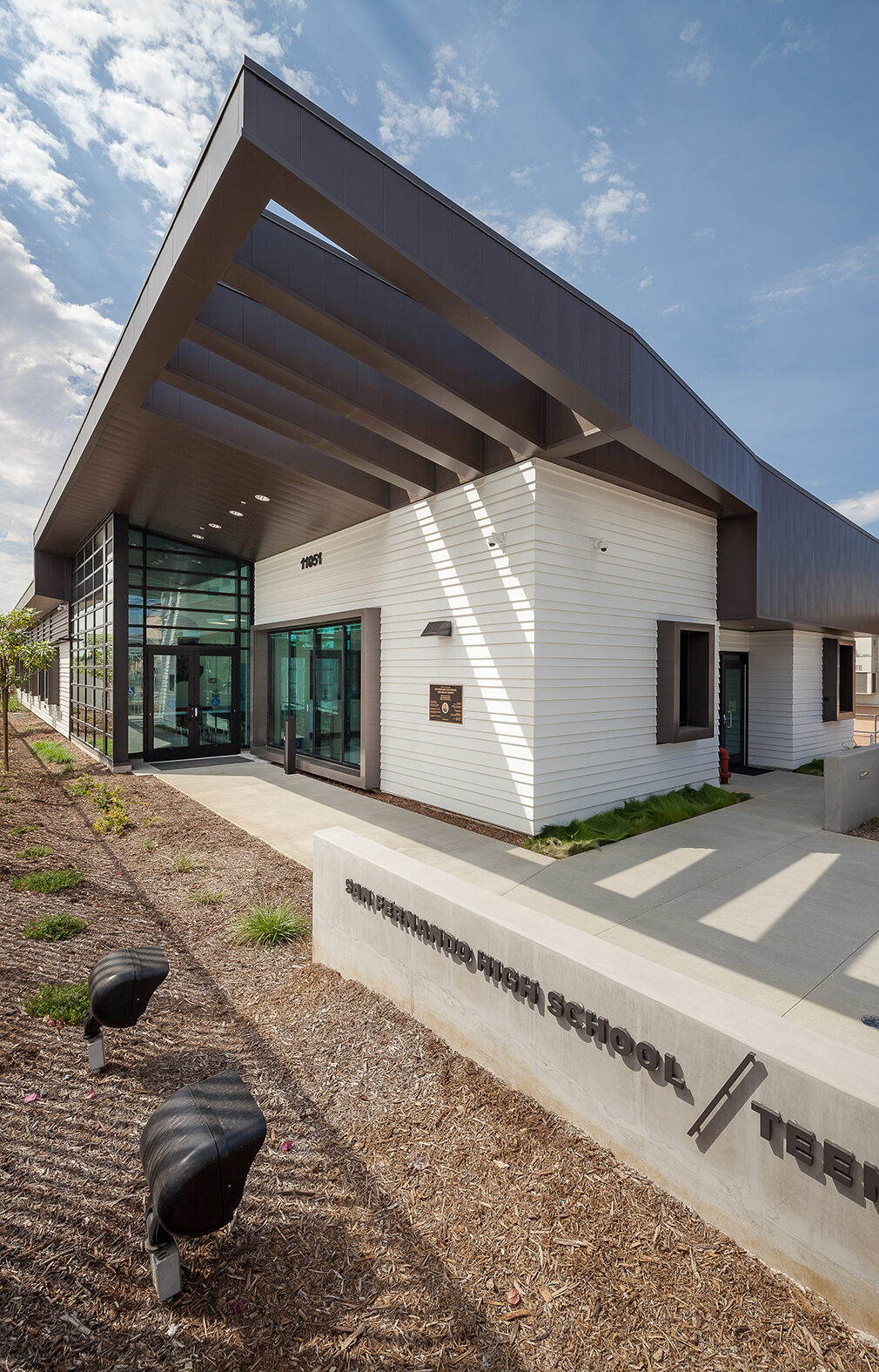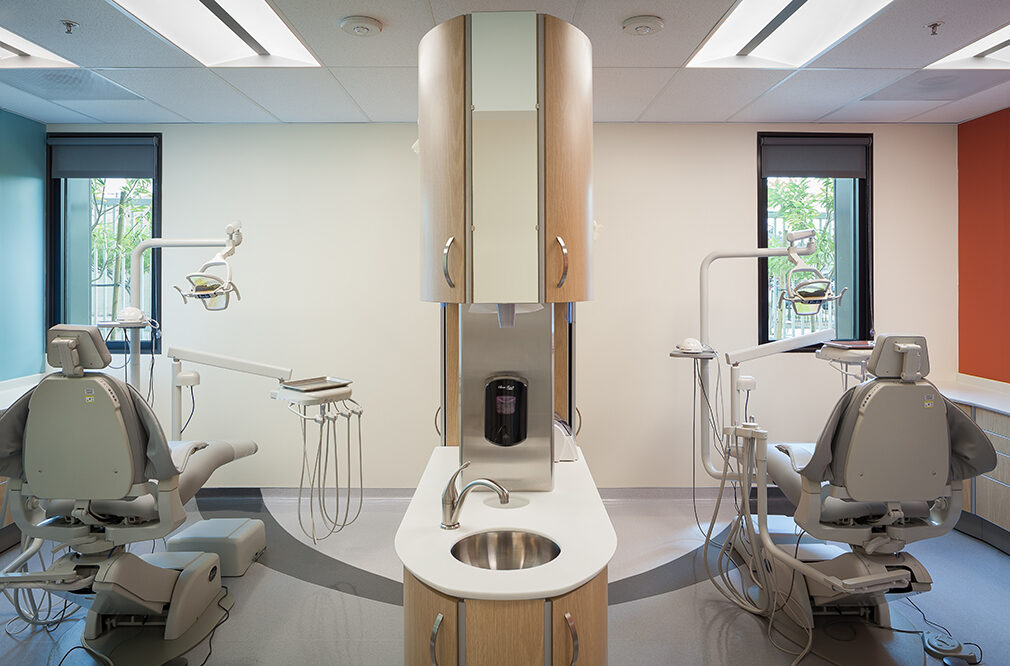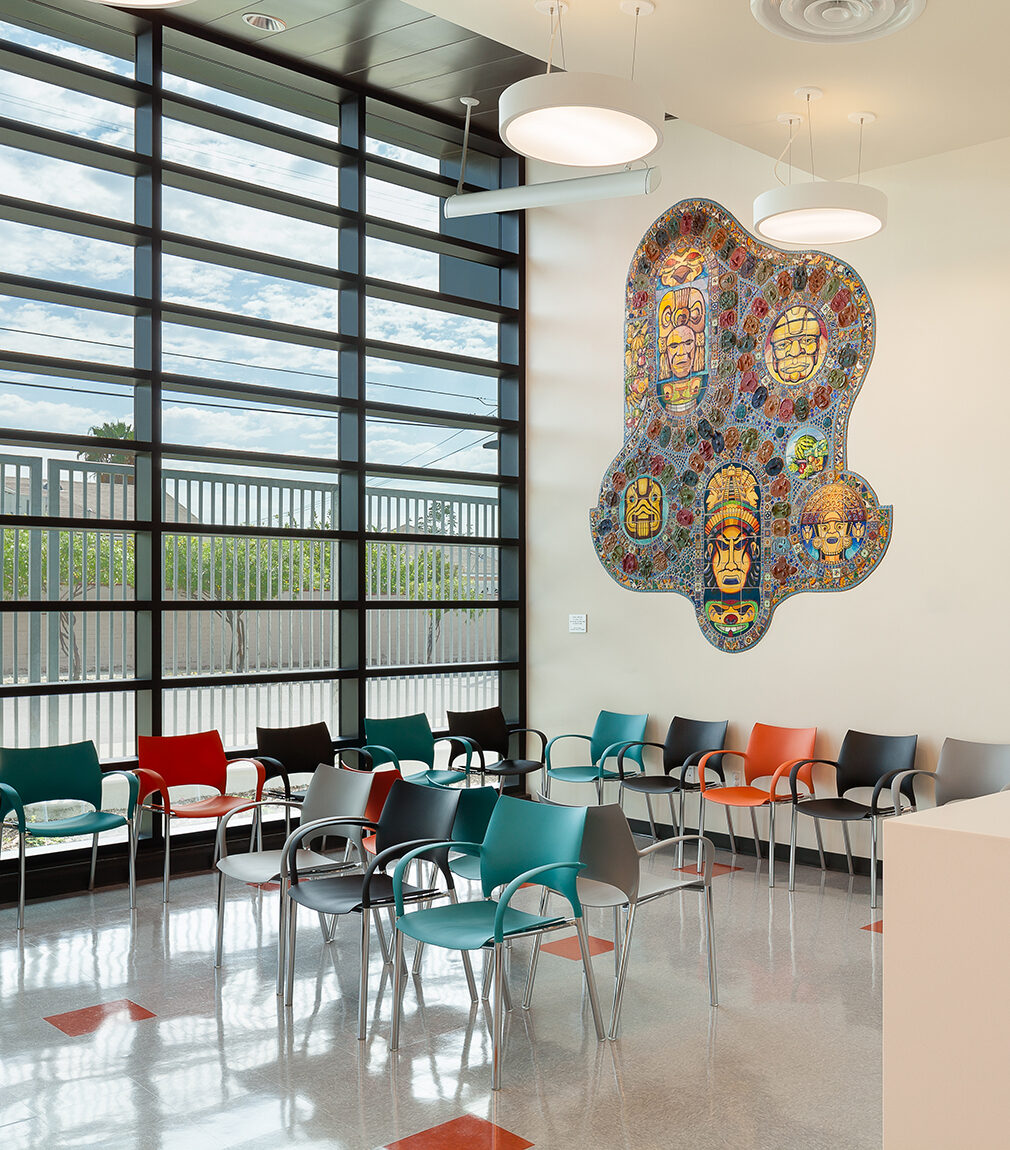Innovation in a Declining Enrollment Environment
As student enrollment declines across the nation, school districts are under increasing pressure to adapt. Yet rather than viewing this shift as a crisis, forward-thinking districts are seizing it as an opportunity—to reimagine campuses, enhance holistic student support, and create sustainable, future-ready learning environments. In this article, we take a closer look at how several California school districts are tackling this challenge with innovation and purpose.
Reframing Declining Enrollment: Opportunity or Challenge?
Fewer students can enable more personalized instruction, improved student-teacher ratios, and the ability to repurpose resources toward innovative programs, technology, and staff development. Districts are also rethinking facilities, converting excess space into STEM labs, community wellness hubs, or outdoor learning environments that engage both students and the broader community.
By reframing decline as a catalyst for transformation, districts can seize this moment to question outdated assumptions, shed inefficiencies, and build schools that truly reflect the values and needs of 21st-century learners. With careful planning, declining enrollment can lead to enhanced learning conditions, stronger community ties, and smarter resource use.
Demographic Shifts and Their Impact on Enrollment
Between 2013 and 2023, California public school enrollment dropped 6%, with a projected 12% decline over the next decade. In Greater Los Angeles alone, the drop could reach 19% by 2033. These shifts are driven by lower birth rates, rising housing costs, and changes in family mobility and structure. As families relocate in search of affordable housing or shift to alternative education models, districts must stay agile.

Districts like LAUSD, Santa Ana USD, Santa Monica-Malibu USD are responding with data-driven strategies. By leveraging real-time analytics, AI tools, and enrollment forecasting, districts can proactively adapt program offerings, staffing levels, and facility usage. Strategic enrollment management, once the domain of higher education, is now a necessary function for PK-12 systems aiming to remain viable and relevant.
Rethinking Campus Space
One of the most immediate consequences of declining enrollment is underutilized space. But rather than letting these spaces go to waste, districts are embracing creative reuse strategies. Empty classrooms are being transformed into robotics labs, makerspaces, art studios, or wellness centers. These interventions not only serve students but also benefit families and the broader community.
Los Angeles Unified School District is at the forefront of outdoor learning innovation. Their Outdoor Learning Environment Projects include the removal of relocatable classrooms and asphalt surfaces to make way for natural green spaces. These areas feature dynamic, nature-based classrooms with learning stations for music, movement, gardening, and art.
Other districts are exploring how to turn schools into true community hubs. This includes co-locating services such as healthcare, mental health, nutrition programs, and adult education within school facilities. These initiatives activate campuses beyond school hours, deepening the school’s role in community resilience.
Replacing Relocatable Classrooms with Right-Sized Buildings
Temporary classrooms, often brought in to accommodate past enrollment spikes, are now being removed or replaced. Many districts are opting for right-sized, permanent buildings that align with projected enrollments and modern educational models. These structures are designed for flexibility, with moveable walls, tech integration, and varied learning zones.
Replacing aging portables also improves overall campus functionality and aesthetics. It can restore playgrounds, expand green space, and reduce long-term maintenance costs. More importantly, it signals a lasting investment in student learning and well-being.
Modernizing for Flexibility and Future Learning
Today’s classrooms must support a wide range of learning styles and technologies. Flexible furniture, cloud-based tools, and digital media production zones are becoming the norm. In districts across California, outdated classrooms are being upgraded into environments that encourage creativity, collaboration, and critical thinking.
These modern spaces are particularly well-suited for interdisciplinary learning. They allow students to move seamlessly between solo focus work, group discussions, and hands-on activities. By designing for adaptability, districts are building capacity to evolve alongside future educational trends.
Sustainability as Strategy
Declining enrollment creates an opportunity to rethink not just how schools are used, but how they operate. Sustainability initiatives are playing a growing role in modernization plans. From solar-powered parking lots and bus electrification to net-zero buildings and green roofs, districts are reducing their environmental footprint while lowering operational costs.
Some good examples include:
- Outdoor Learning Environments replacing portables with vibrant green space;
- Nature-based classrooms with multiple learning stations;
- LAUSD’s SEEDS Learning Gardens that promote ecological literacy;
- Reconfiguration of finger-plan campuses to activate underused courtyards;
- Increased investment in stormwater management and energy-efficient systems.
These strategies also support district goals related to equity and environmental justice. By prioritizing sustainable design in underserved areas, districts can help address systemic disparities in access to quality learning environments.
Supporting the Whole Child
Fewer students create more room to focus on holistic student development. This includes expanding mental health services, nutrition programs, and socio-emotional learning supports. Wellness centers are becoming essential infrastructure in this shift.
Santa Ana Unified School District’s Family and Community Engagement (FACE) program exemplifies this approach. With wellness centers located at every school, the district has built a system of equitable partnerships among families, educators, and community organizations. These centers offer health services, counseling, family resources, and more—all in one trusted location.
Los Angeles Unified has similarly invested over $150 million in the construction and expansion of school-based clinics and wellness centers. These facilities provide physical, dental, and mental health care directly on school campuses, ensuring that students and families have access to essential services without leaving the learning environment.
These models are not just about support; they are about belonging. Inclusive school-based services help create a sense of safety and value for every student, especially those navigating economic or social instability.

San Fernando Teen Center, health center for LAUSD


Connecting Housing and Enrollment
The housing market plays a major role in enrollment patterns. Rising housing costs push families out of urban centers, leading to fluctuating student populations. Some districts are responding by investing in workforce housing for teachers and staff.
Los Angeles Unified’s Selma Community Housing, Sage Park Apartments, and Norwood Learning Village are examples of building affordable homes on surplus school property. These developments help attract and retain educators, reduce commuting stress, and build stronger school communities.
Santa Monica-Malibu USD has adopted similar strategies, using housing as a tool to stabilize both staffing and enrollment. Workforce housing also supports student well-being by fostering continuity and access to familiar, high-quality educators.
District goals include:
- Attracting and retaining qualified staff;
- Reducing commute times and improving work-life balance;
- Supporting student wellness through stable family housing;
- Enhancing equity by providing housing in high-cost communities.
Thoughtful School Closures and Consolidations
When school enrollments drop, school reconfiguration and repurposing can be managed in ways that promote equity and strengthen educational delivery. Between 2020-2022, Santa Ana USD followed a model that included strategic mergers to create TK-8 Academies and the repurposing of underutilized campuses to serve growing support programs.
The merged schools offer enhanced programs for STEM, arts, or language immersion—attracting families seeking innovation and quality. Mergers consolidate resources without sacrificing educational standards, while campus repurposing ensures that no space goes to waste.
Best practices for these transitions include:
- Students and staff moving into superior school facilities
- Schools providing improved and expanded educational programs
- Thorough community engagement and equity planning;
- Early confirmation of job security for staff impacted by the transition;
- Data-driven decisions rooted in long-term projections;
- Clear implementation timelines and support systems;
With these steps, declines in enrollment can become opportunities to build stronger, more efficient, and more responsive educational ecosystems.
A New Era of Opportunity
In the face of declining enrollment, the most successful school districts are those that embrace change not as a setback, but as a springboard. By aligning facilities with evolving pedagogy, supporting families and staff, and investing in resilience, districts can redefine what education looks like in the 21st century.
This transformation requires courage, creativity, and collaboration—but it also offers a once-in-a-generation chance to build a more just, relevant, and inspiring future for every student.
This article is based on insights shared during a workshop at the 2025 CASH Annual Conference, featuring the following panelists:
• Alix O’Brien, Deputy Chief Facilities Executive, Planning and Development, Los Angeles Unified School District
• Carey Upton, Chief Operations Officer, Santa Monica-Malibu Unified School District
• Jeremy Cogan, Director of Planning & Design, Facilities Division, Santa Ana Unified School District
